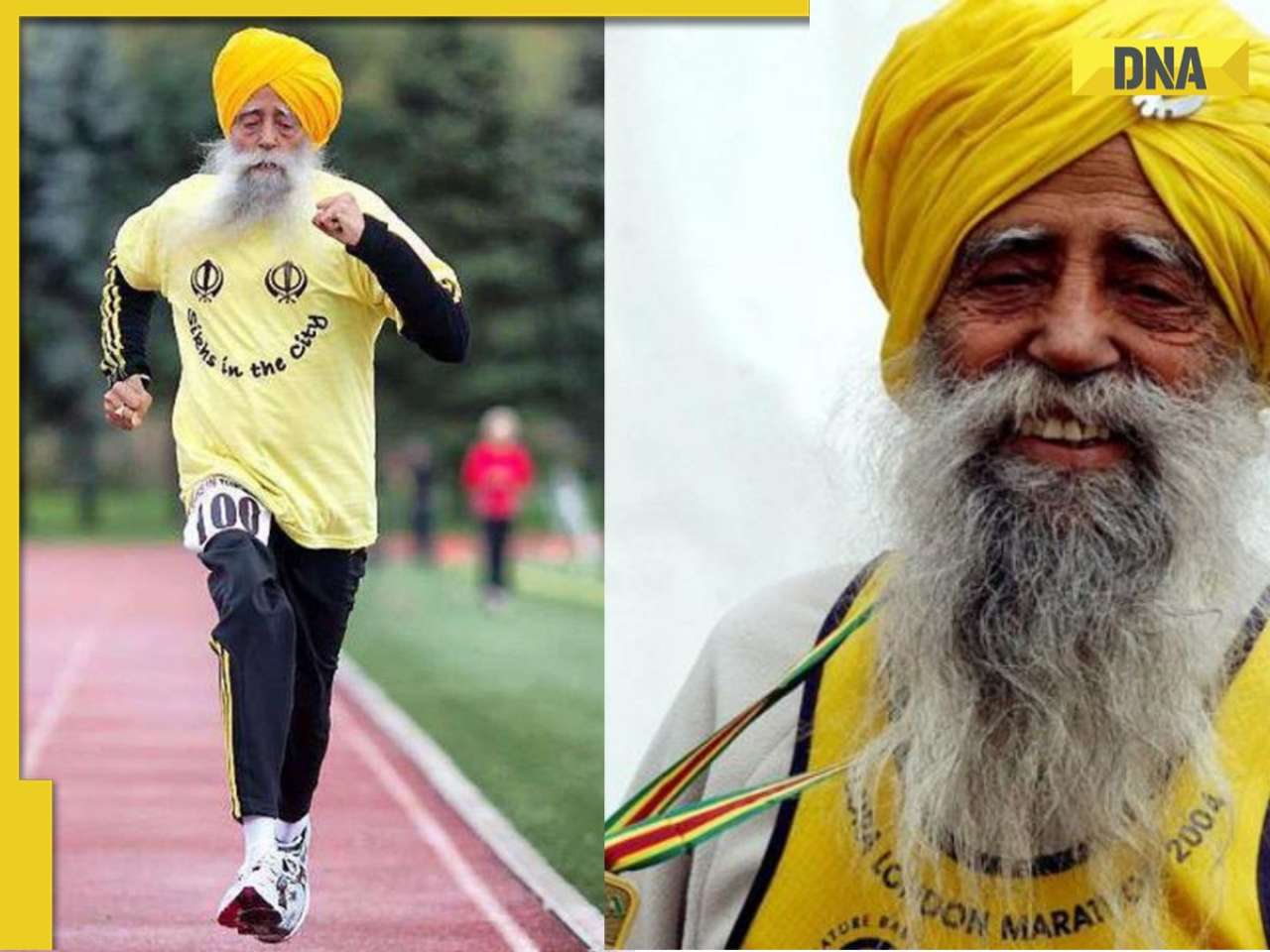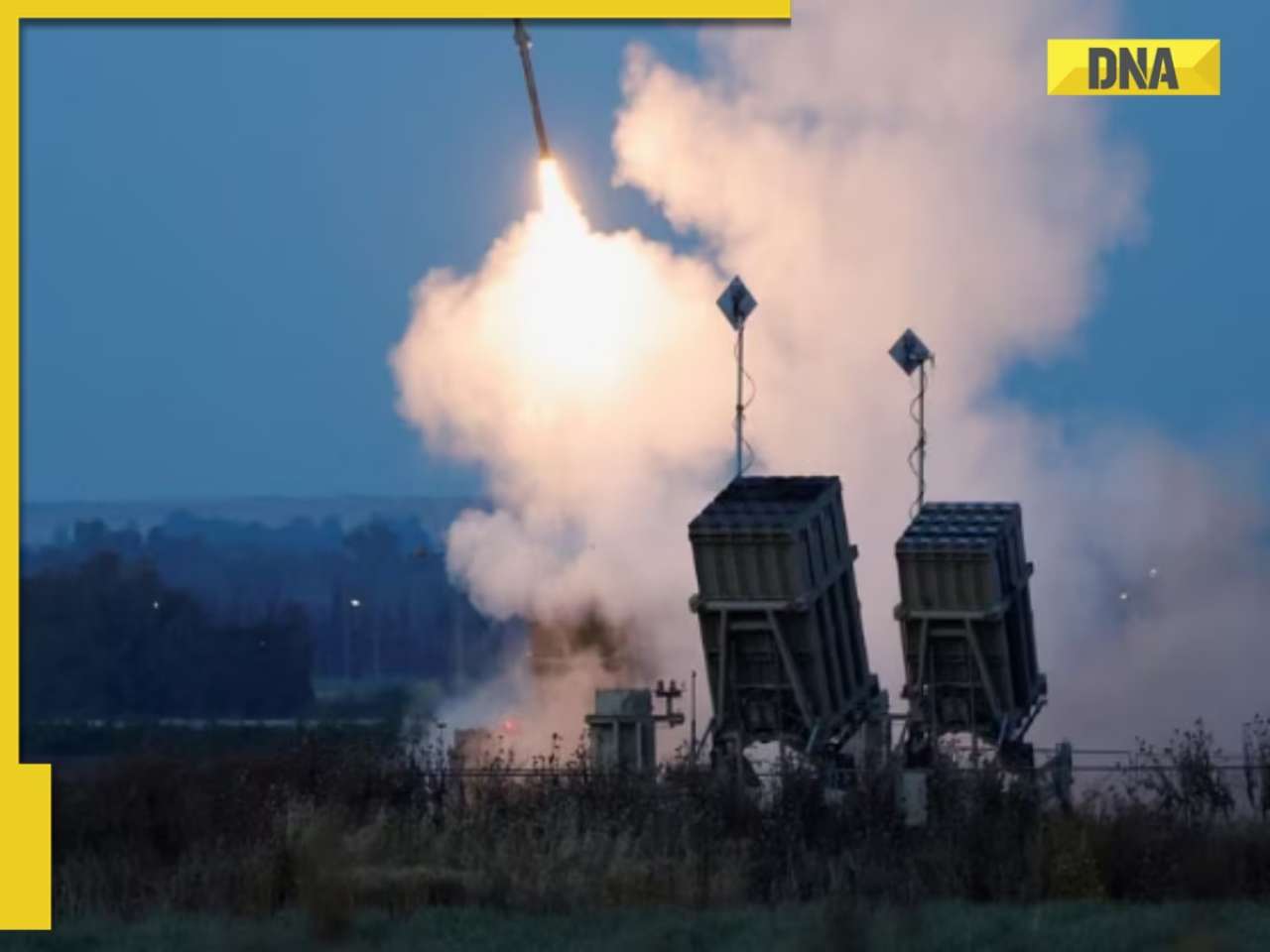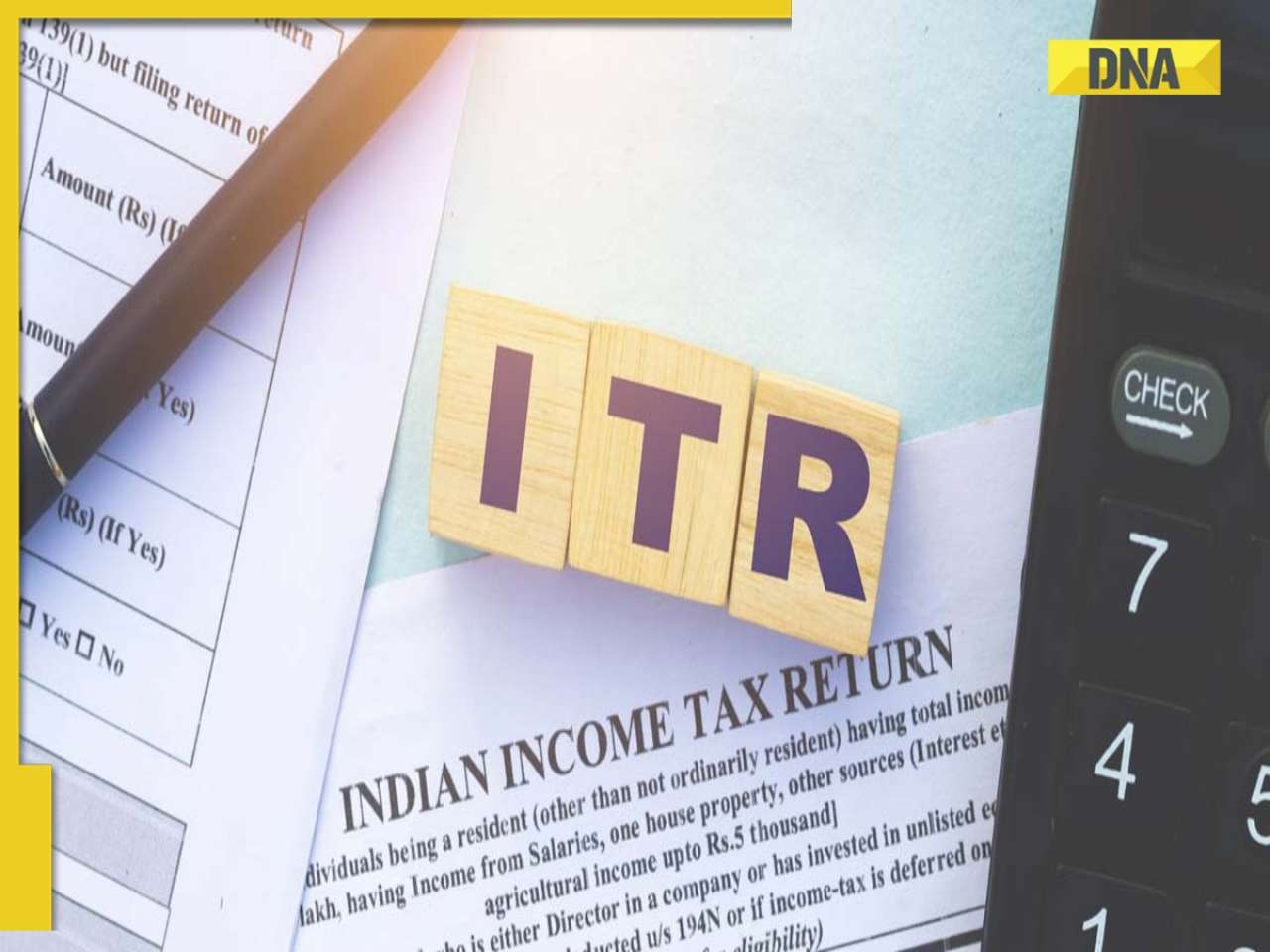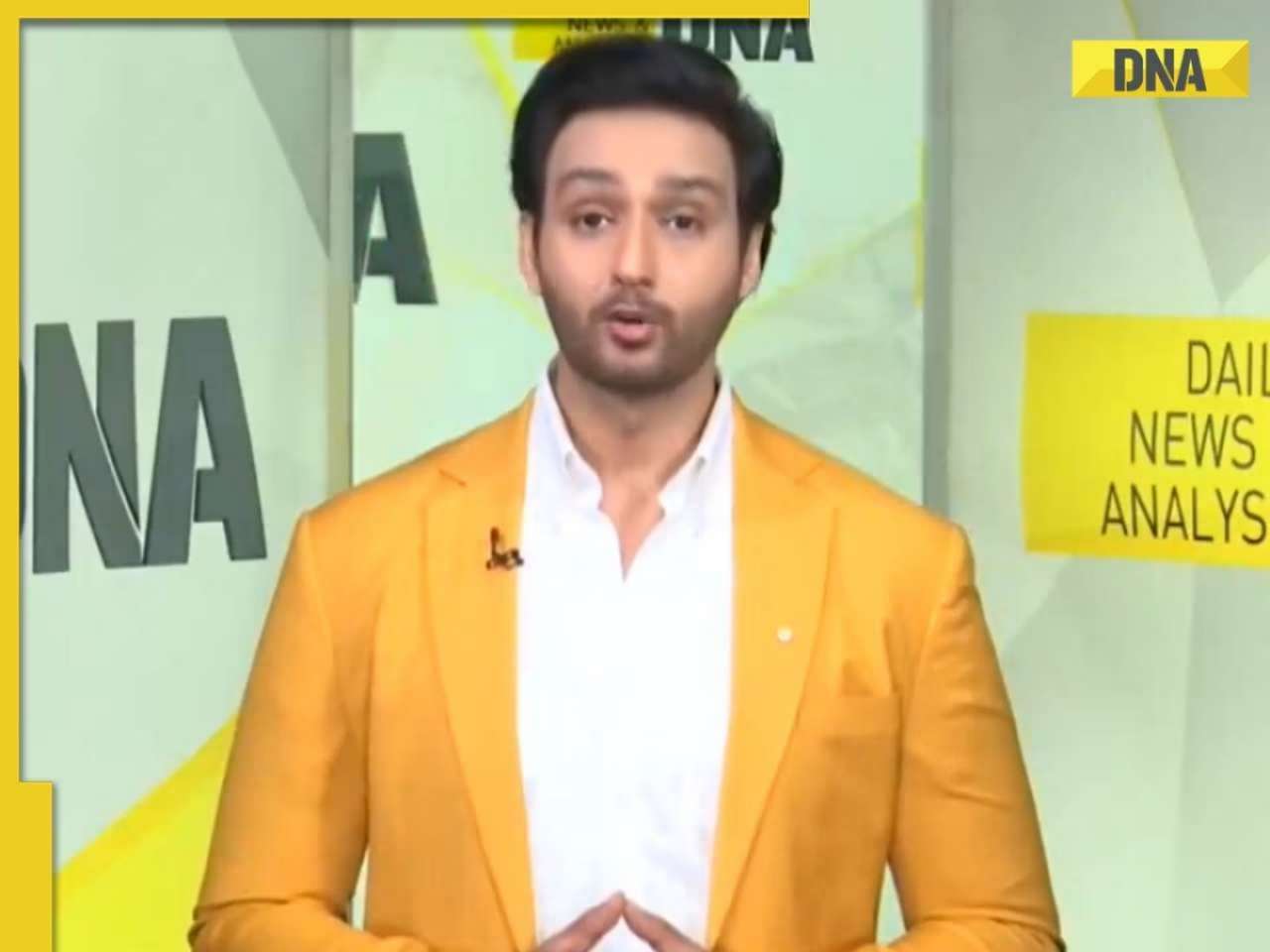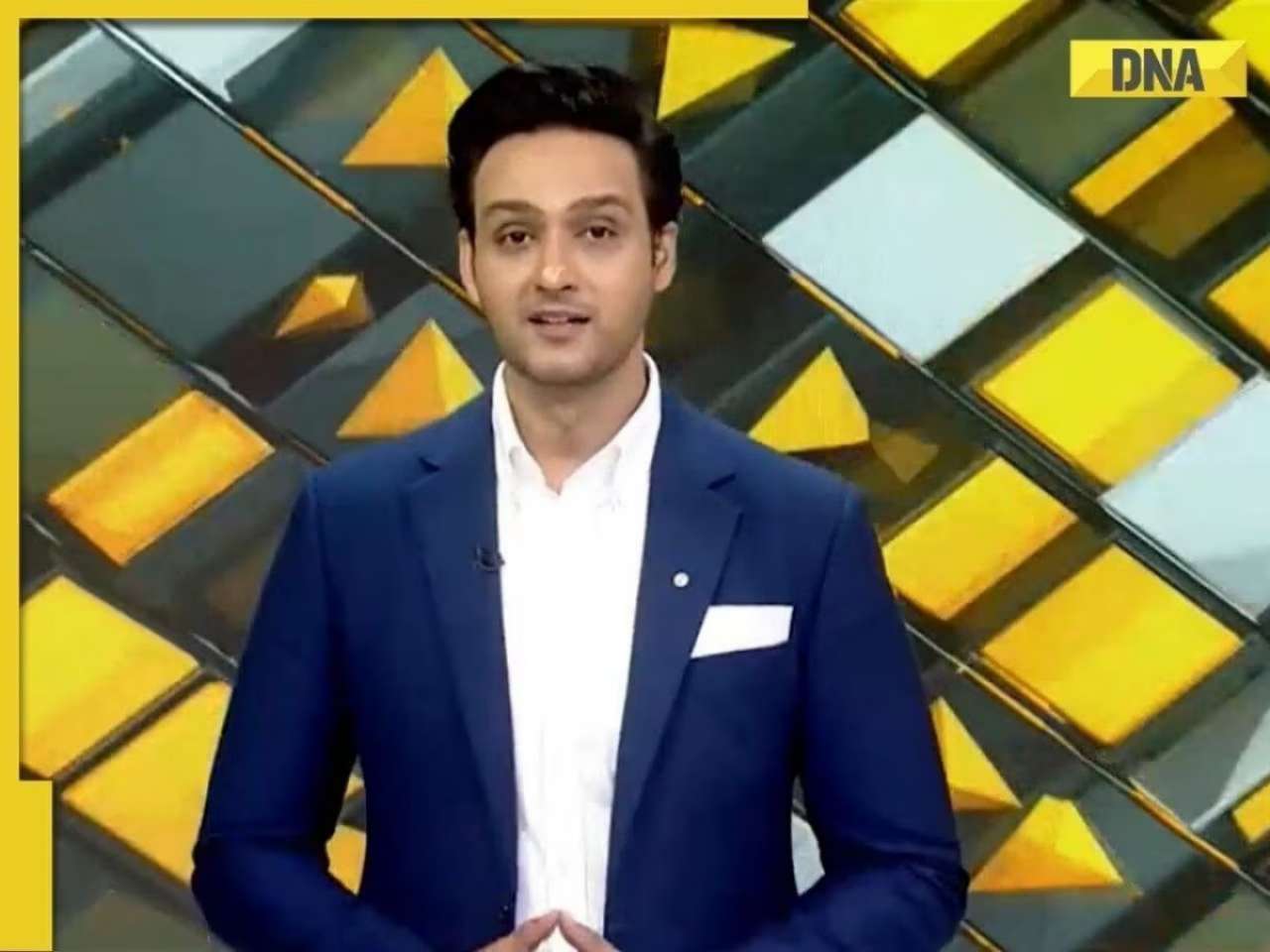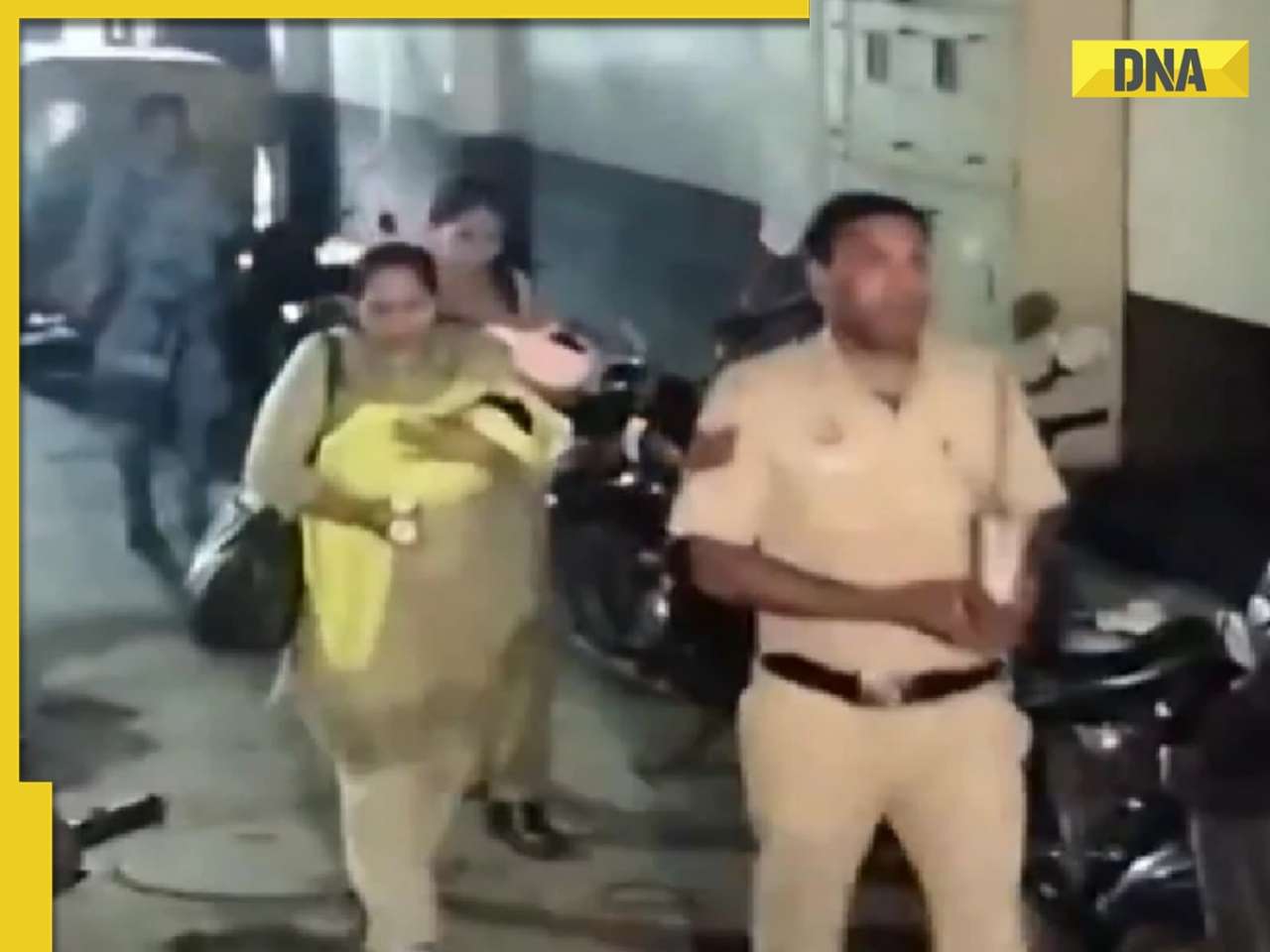Ever since its launch on 14th June 2022, the ambitious “Agnipath Scheme” of India has been a matter of debate and was one of the prominent issues during Indian general elections 2024
Kamlesh (Name changed) belonged to a village in Western Uttar Pradesh. He got recruited as an “Agniveer” in the Indian Army in Mid 2023. Six months later, when he passed out after the training and his parents decided to marry him, they faced a challenge. The parents of the would-be bride refused saying that the boy will be unemployed after four years and hence they cannot marry their daughter with a person having uncertainty about his job. In rural India, where the average education level is very low, such things are not rare.
Ever since its launch on 14th June 2022, the ambitious “Agnipath Scheme” of India has been a matter of debate and was one of the prominent issues during Indian general elections 2024. In India where the common public is still carrying the colonial belief that a government job means pension for the lifetime, such a scheme becoming a controversial issue was inevitable.
There were mistakes on the part of everyone. While the government propagated it as a political achievement, opposition parties criticised it without even knowing the overall need, strategic perspective and its benefits to the soldiers. Media too handled this matter carelessly and as a result, the correct picture did not reach the common public antagonising a large section of the population.
Debunking the Myths
In the light of incidents mentioned above, it is pertinent to understand the reality about this scheme and clear several myths labelled over this scheme.
(a) Myth of degraded operational effectiveness – Many strategists have pointed out that since the Agniveers will have a reduced basic training period, it will compromise the operational effectiveness of the Armed Forces. But the fact is that a soldier is trained throughout his life. After the basic training in the respective regimental centre, an Agniveer is expected to undergo multiple training programs pertaining to his trade and role in war. Moreover, in today’s times, the overall education level of the recruits has improved and hence their trainability becomes better. As a large number of Agniveers have already become part of Armed forces, it is observed that their training standards and their performance is not less than the regular soldiers which proves this point.
(b) Myth of Unemployment of Agniveers – As mentioned earlier, there is a common myth that these Agniveers will be unemployed after their contractual term of four years but recently, nearly all paramilitary forces, several state governments, banks as well as private sector companies announced reservations and other lucrative offers for the Agniveers post their contractual service. In India, the private security industry is growing at an average rate of 10-12% where these people can be easily employed. Not only this, but the financial package offered to any Agniveer post his tenure is also very much lucrative and with the fact that 25% of these Agniveers will be retained in the Armed forces, there should not be any debate on their employment.
(c) Myth of lesser monetary & ex- gratia benefits–Recently after the demise of one of the Agniveers during one operation, there was hue and cry in the media that Agniveers are getting lesser benefits in comparison to other regular soldiers after their death. Both Ministry of Defence and Government clarified it multiple times that there is no difference in the benefits, yet the issue is burning primarily because of lack of education and awareness.
(d) Myth of Criminalising the country – There was a section of people who vehemently argued that the presence of such trained people in our civil society can pose severe danger as some of them may turn criminal. If we see the old scheme where a soldier was expected to serve for fifteen years, the same logic can be applied perfectly. A soldier generally gets recruited at an age of 17-18 and retires at 32-33 after completing 15-year service which cannot be considered old. Despite the fact, the number of retired soldiers turning criminal can be counted on fingers and in all of these cases, family disputes were the reason. So, it is foolish to give such facts to counter the Agnipath scheme.
What should the government do?
In the light of above myths, ideally the government should have done its homework before launching the scheme but somehow, they failed in it. Moreover, the haste under which they launched the scheme has also invited sheer criticism. In such a case, the government should act fast and take some measures which will not only debunk the myths but also help create a favourable atmosphere in favour of “Agnipath scheme”.
(a) Separate cell for re-employment of Agniveers- Although we already have a Directorate General of Resettlement and Ex servicemen placement cells across the three services, the government should seriously think of establishing a separate cell for re-employment of Agniveers. This cell should start working when the Agniveer are in their last year of service and provide them an alternative job which they can take over immediately on their release. Since the first batch of Agniveers is likely to get released in the next two years, the success of their re-employment will help the government run this scheme with ease in future.
(b) Limit the annual intake of Agniveers– One of the points of debate is that the forces are not recruiting regular soldiers and only Agniveer recruitments are being carried out for the last two years. In order to maintain overall operational effectiveness of the Armed Forces and homogeneity, it is essential that the government should fix the annual intake as well as overall percentage of Agniveers in the Defence forces. The ratio between regular soldiers and Agniveers should be healthy and should be as per strategic requirements. In my opinion, the overall percentage of Agniveers should not be more than 25 or 30% in any force. They should also consider the challenges being faced by units having a significant number of Agniveers.
(c) Carry out a thorough study and decide their arms and services- There may be few arms and services where Agniveers can be recruited but there may be few where a high level of technical knowledge is one of the requirements. There are technical arms where a soldier is supposed to train for 3-4 years or more to become operational and hence in such places, recruitment of Agniveers is not recommended. This fact is more applicable in case of the Indian Navy and Indian Air Force.
(d) Educate the common public against the myths – One of the major areas where the government faltered was to educate the common public about this scheme before launching it. Even after two years of its launch, there are a large number of elected representatives of the government who do not know the benefits of this scheme. Media exposure too is very less and under such circumstances, the criticism from the opposition turning into myths and creating hurdles for this scheme. Although the Prime Minister spoke about the scheme during his address at Kargil Vijay Diwas, there is more to do.
I personally feel that the Agnipath Scheme is not bad, it is beneficial for both the Armed Forces as well as the common public from where soldiers are getting recruited. The only drawback was that the government failed to educate people and debunk the myths.
The author is a veteran of the Armed Forces. He is a known Defence Strategist with keen interests in international affairs, maritime security, terrorism and internal security.
(Disclaimer: The views expressed above are the author's own and do not reflect those of DNA)
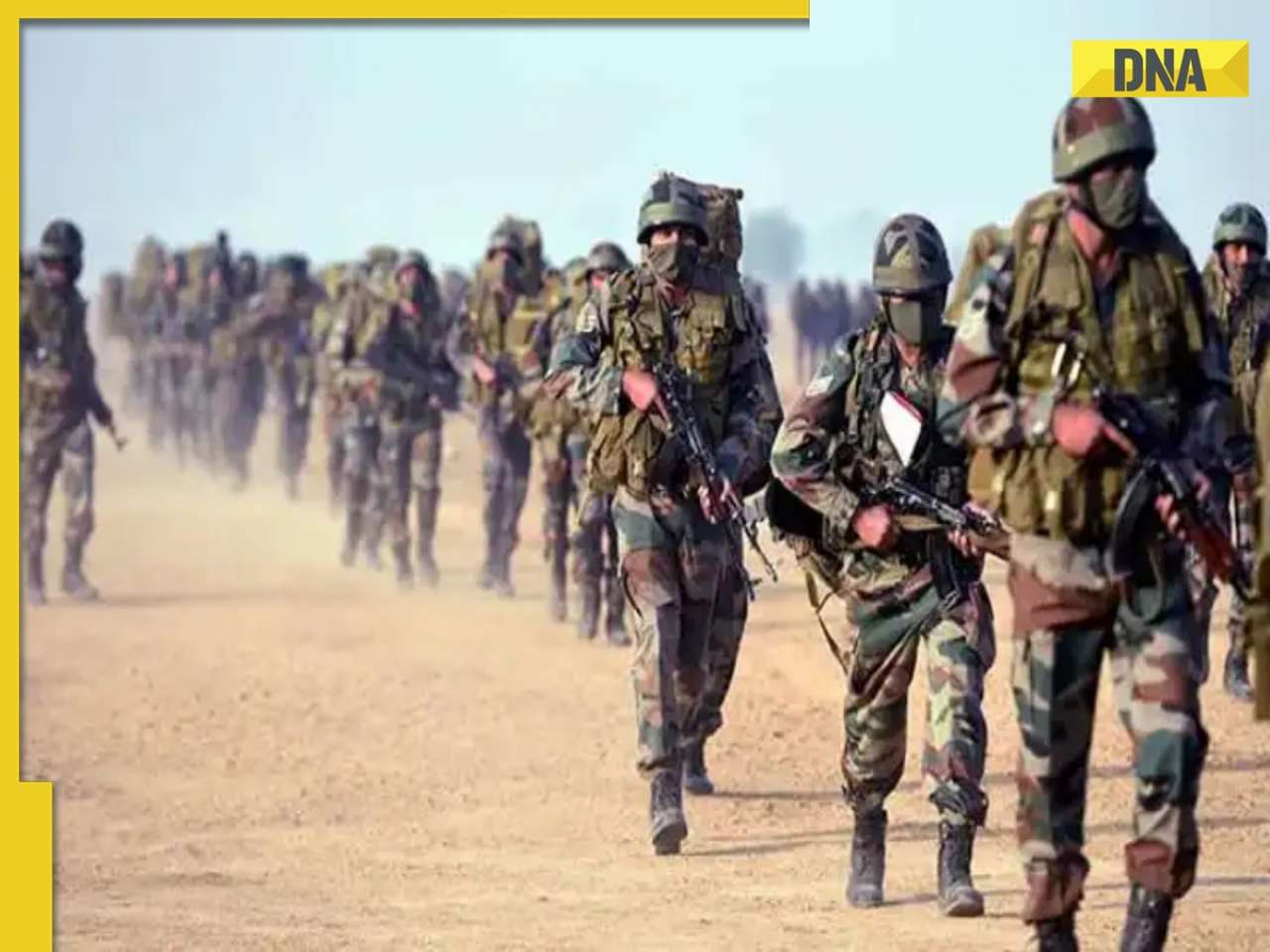 Big tension for Pakistan, China, Indian Army to receive next batch of AK-203 assault rifles, will be delivered by...
Big tension for Pakistan, China, Indian Army to receive next batch of AK-203 assault rifles, will be delivered by... Panchayat actor Aasif Khan discharged from hospital, reveals he didn't suffer heart attack, but...: 'I’ve been told to stop...'
Panchayat actor Aasif Khan discharged from hospital, reveals he didn't suffer heart attack, but...: 'I’ve been told to stop...' Who is Kristin Cabot? Astronomer's HR head caught getting 'cozy' with CEO Andy Bryon at Coldplay concert, she is married to...
Who is Kristin Cabot? Astronomer's HR head caught getting 'cozy' with CEO Andy Bryon at Coldplay concert, she is married to... Saiyaara FIRST REVIEW out: Ahaan Panday, Aneet Padda are 'raw, real, powerful', Mohit Suri creates 'pure magic' with his love story
Saiyaara FIRST REVIEW out: Ahaan Panday, Aneet Padda are 'raw, real, powerful', Mohit Suri creates 'pure magic' with his love story India, China, Russia trilateral dialogue to be revived soon? New report claims...
India, China, Russia trilateral dialogue to be revived soon? New report claims... Russian Woman's Israeli Partner Makes Shocking Claims, Says 'A Daughter Was Born In Goa Cave!'
Russian Woman's Israeli Partner Makes Shocking Claims, Says 'A Daughter Was Born In Goa Cave!'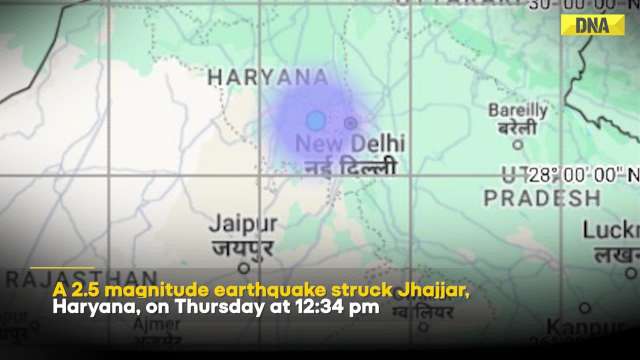 Delhi Earthquake News: Jhajjar Jolted by Third Quake in a Week, NCS Shares Data | Breaking News
Delhi Earthquake News: Jhajjar Jolted by Third Quake in a Week, NCS Shares Data | Breaking News Odisha Bandh Today | Congress-Led Odisha Bandh: What You Need to Know? | Odisha News | College Row
Odisha Bandh Today | Congress-Led Odisha Bandh: What You Need to Know? | Odisha News | College Row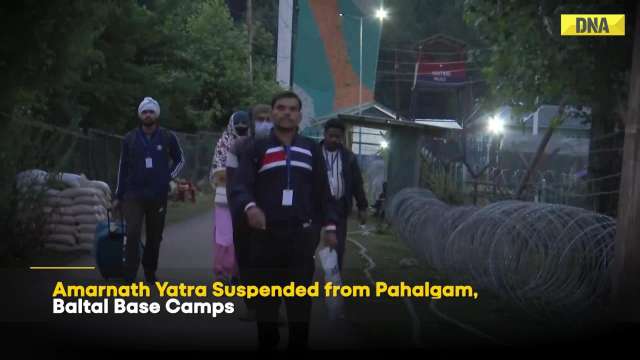 Amarnath Yatra News: Why Amarnath Yatra Suspended From Pahalgam Today? | Baltal Base Camp | Rainfall
Amarnath Yatra News: Why Amarnath Yatra Suspended From Pahalgam Today? | Baltal Base Camp | Rainfall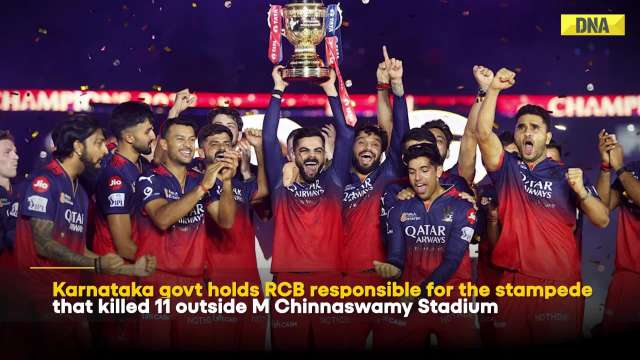 Bengaluru Stampede: Karnataka Blames RCB For Stampede, Cites Virat Kohli's Video
Bengaluru Stampede: Karnataka Blames RCB For Stampede, Cites Virat Kohli's Video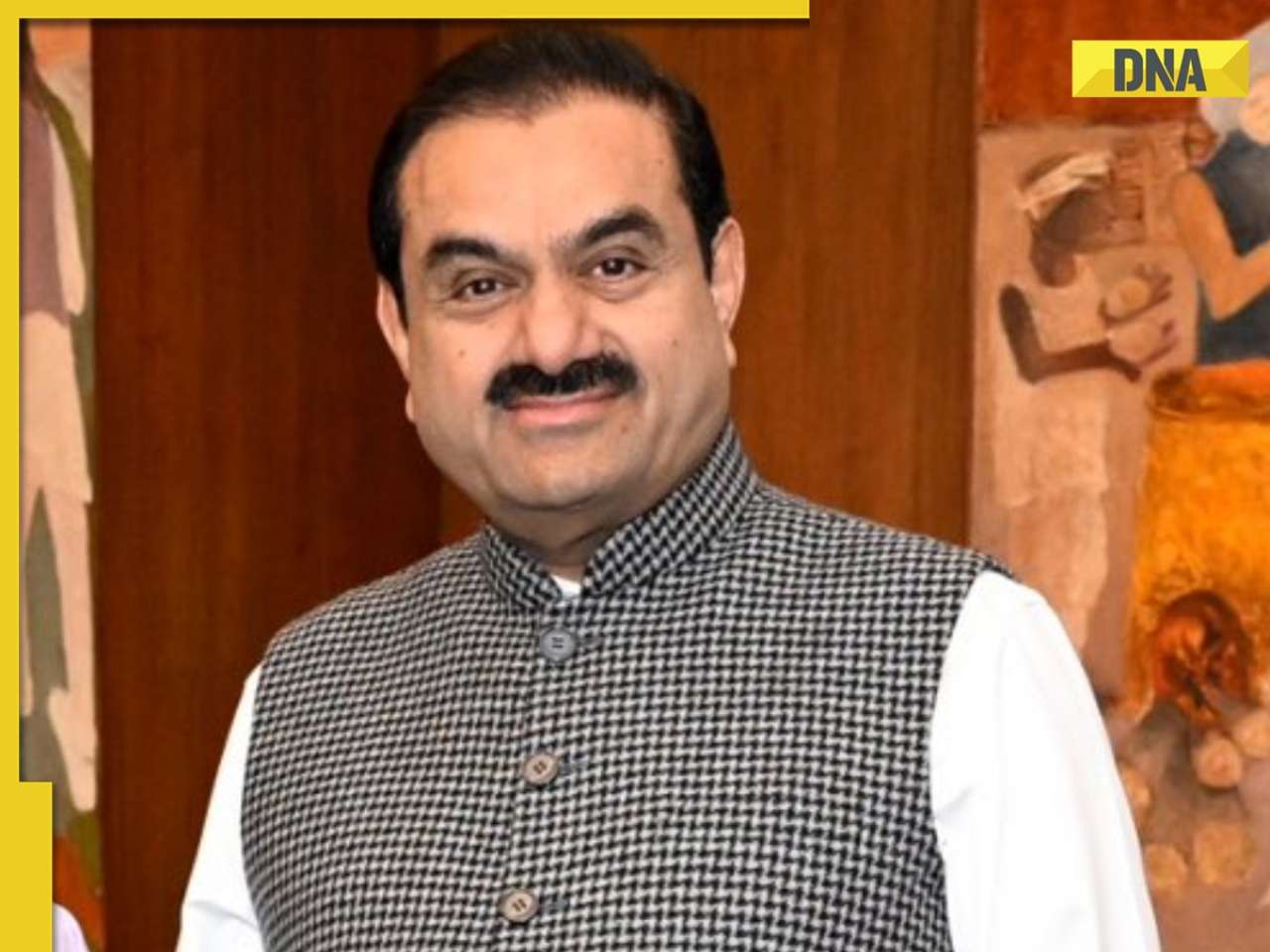 Indian billionaire Gautam Adani gets richer by Rs 7150 crore after selling 20% stake in...
Indian billionaire Gautam Adani gets richer by Rs 7150 crore after selling 20% stake in... SHOCKING! Microsoft lays off popular game 'Candy Crush' developers due to..., set to be replaced by...
SHOCKING! Microsoft lays off popular game 'Candy Crush' developers due to..., set to be replaced by...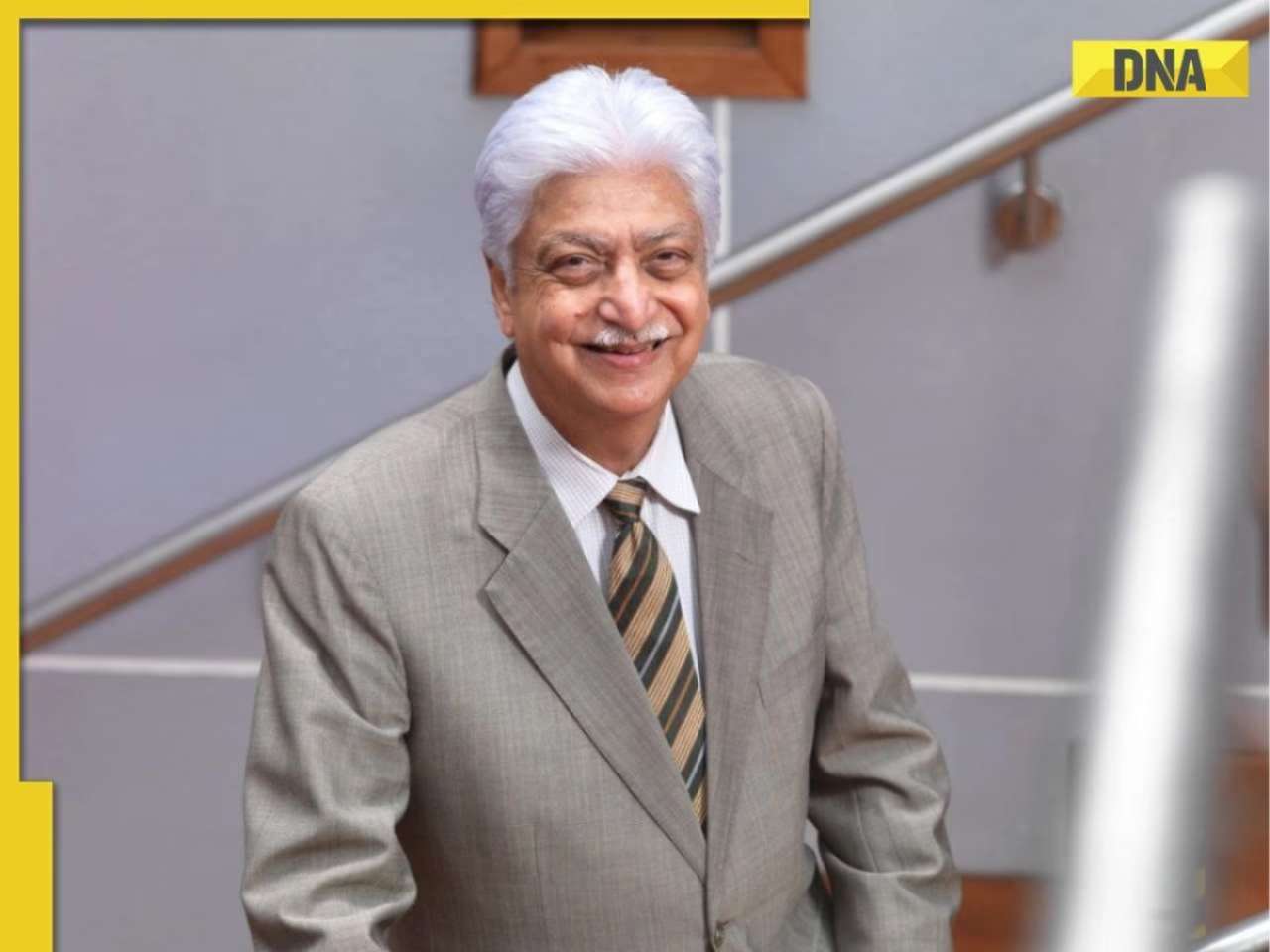 Bad news for Azim Premji as Delhi HC directs Wipro to pay Rs 200000 to ex-employee due to...
Bad news for Azim Premji as Delhi HC directs Wipro to pay Rs 200000 to ex-employee due to...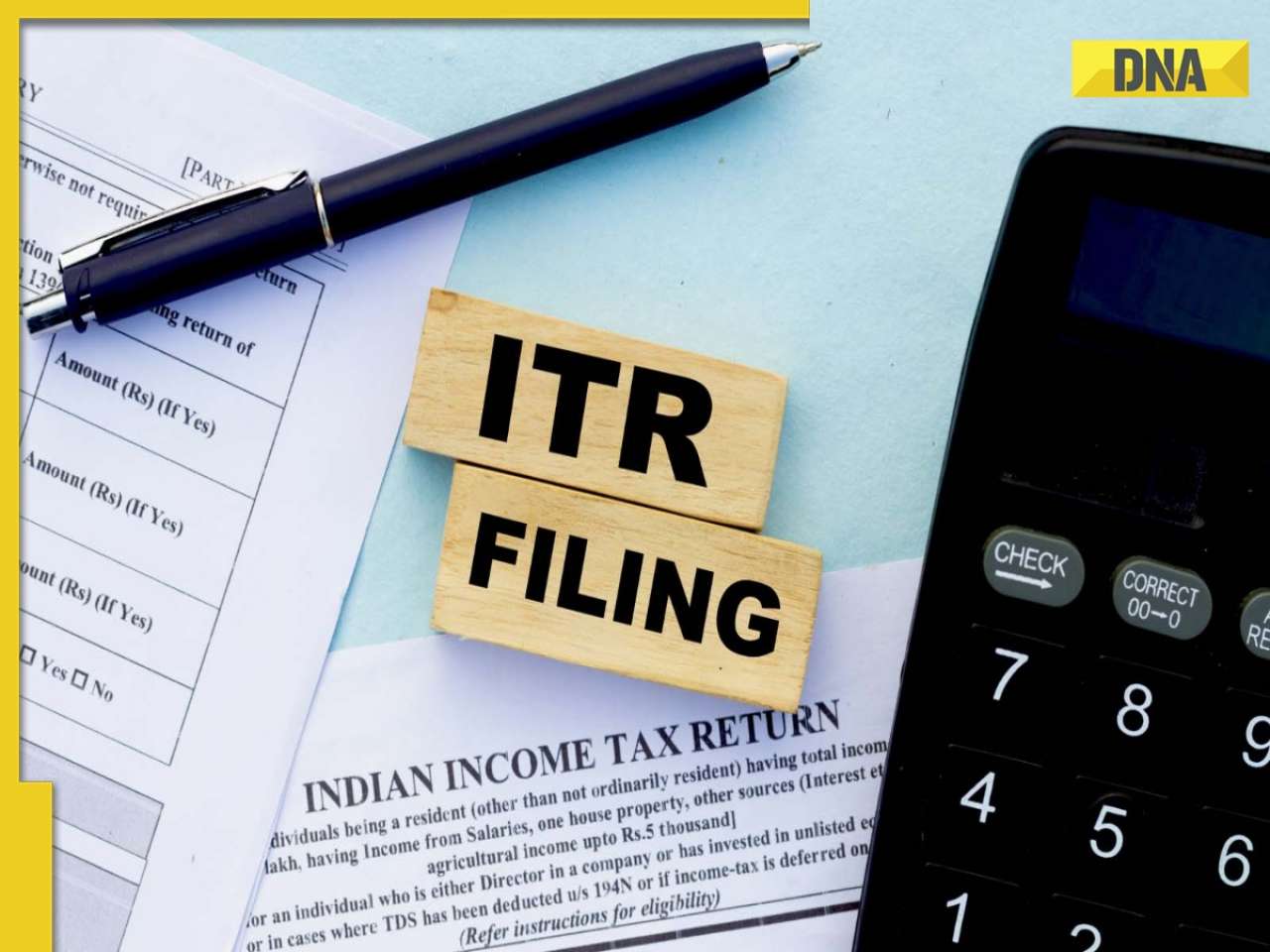 ITR Filing 2025: When will you get your refund? What should you do to avoid late refund?
ITR Filing 2025: When will you get your refund? What should you do to avoid late refund? Mukesh Ambani's company's profit rises to Rs 325 crore days after acquiring entire stake of India's largest govt bank in...
Mukesh Ambani's company's profit rises to Rs 325 crore days after acquiring entire stake of India's largest govt bank in...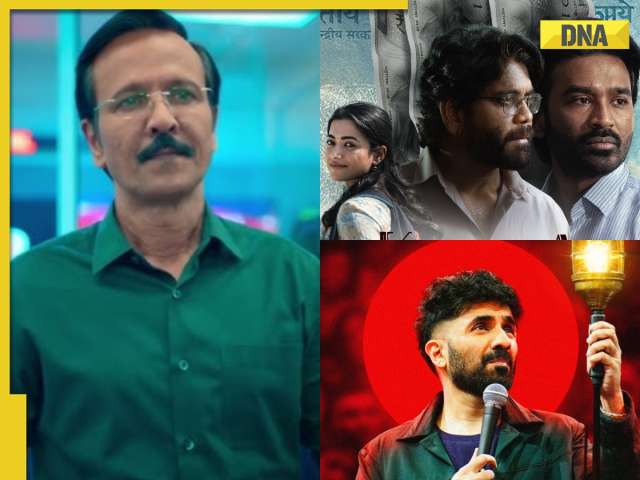 OTT Releases This Week: Special Ops 2, Kuberaa, Vir Das Fool Volume; latest films, web series to binge-watch on Netflix, Prime Video, JioHotstar
OTT Releases This Week: Special Ops 2, Kuberaa, Vir Das Fool Volume; latest films, web series to binge-watch on Netflix, Prime Video, JioHotstar Bollywood actress Ananya Panday steals spotlight in pink Athleisure wear: See Pics
Bollywood actress Ananya Panday steals spotlight in pink Athleisure wear: See Pics In PICS: Keerthy Suresh turns heads in bold colour rainbow lehenga for upcoming film promotions
In PICS: Keerthy Suresh turns heads in bold colour rainbow lehenga for upcoming film promotions From Padmaavat to Devdas: 5 Bollywood movies that spent crores on costumes and jewels
From Padmaavat to Devdas: 5 Bollywood movies that spent crores on costumes and jewels Shah Rukh Khan-Kajol’s 5 iconic love stories that had 90s kids convinced they were real couple
Shah Rukh Khan-Kajol’s 5 iconic love stories that had 90s kids convinced they were real couple Big tension for Pakistan, China, Indian Army to receive next batch of AK-203 assault rifles, will be delivered by...
Big tension for Pakistan, China, Indian Army to receive next batch of AK-203 assault rifles, will be delivered by... US takes BIG step on Pahalgam terror attack, declares LeT proxy The Resistance Front as...
US takes BIG step on Pahalgam terror attack, declares LeT proxy The Resistance Front as...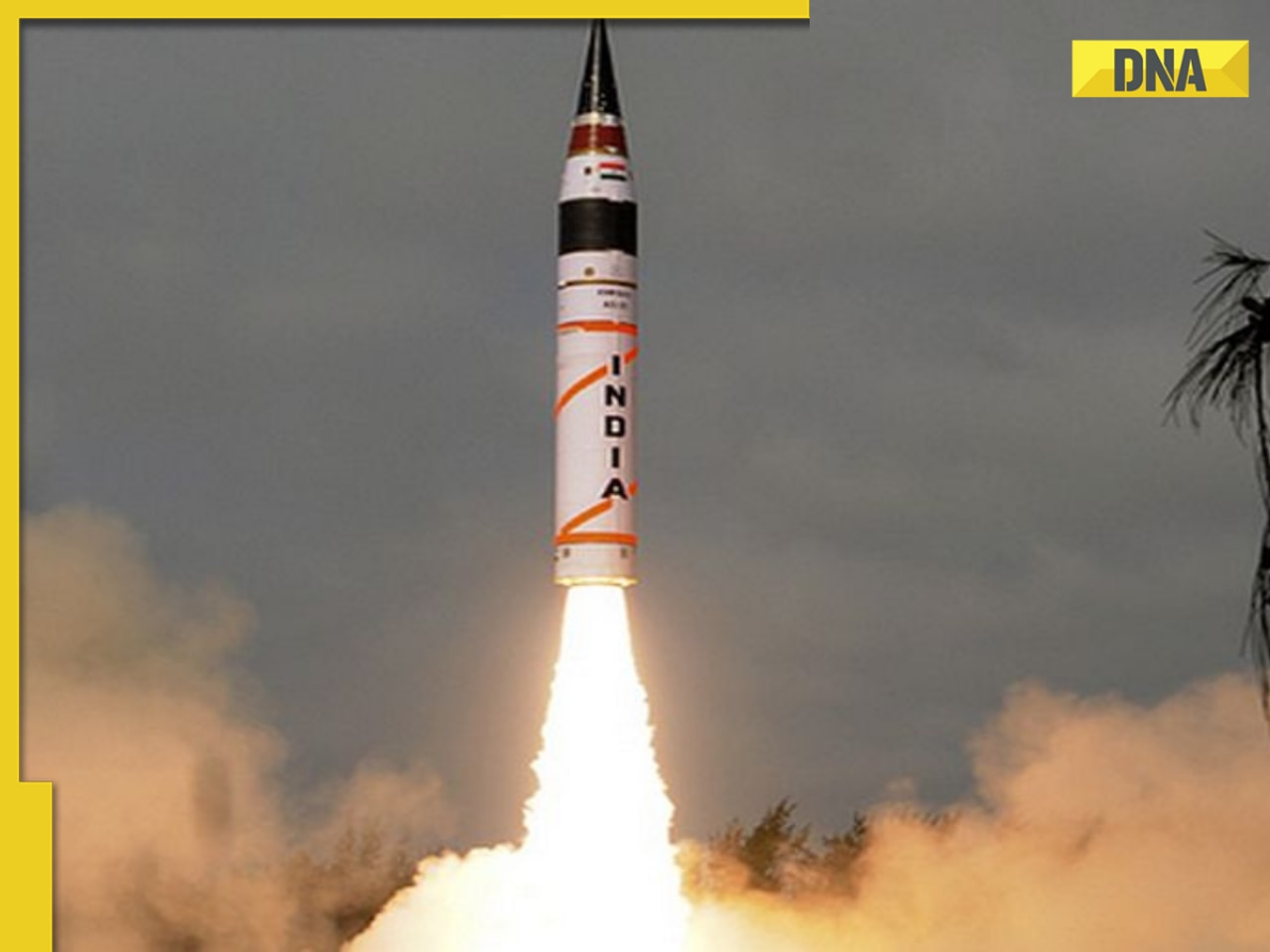 India strengthens defence with successful launch of Prithvi-II, Agni-I missiles
India strengthens defence with successful launch of Prithvi-II, Agni-I missiles Deleted Virat Kohli's video resurfaces after Karnataka government blames RCB for Chinnaswamy stampede, WATCH
Deleted Virat Kohli's video resurfaces after Karnataka government blames RCB for Chinnaswamy stampede, WATCH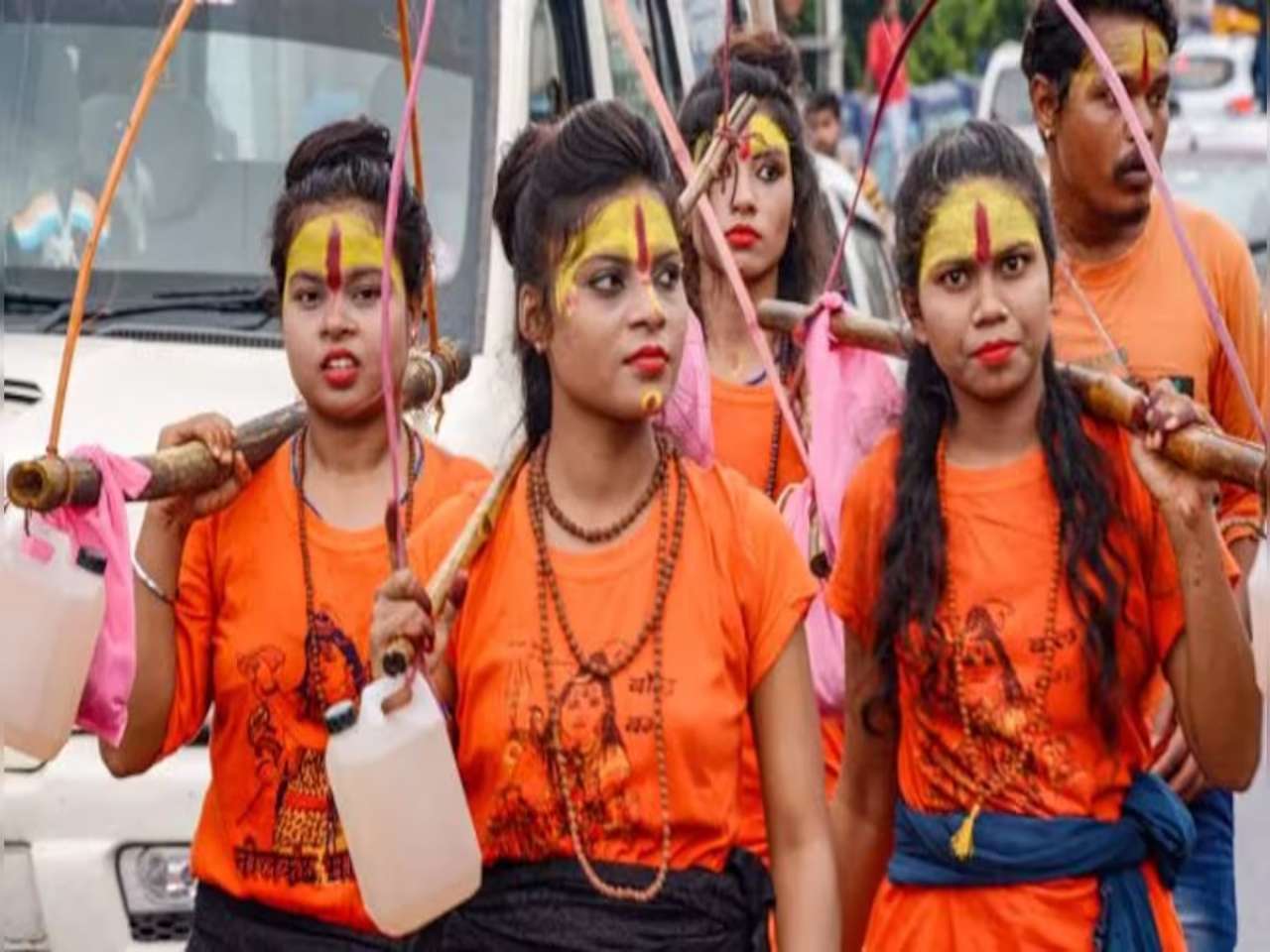 What is Kanwar Yatra, how did it begin? Lord Shiva gulped poison, then THIS happened...
What is Kanwar Yatra, how did it begin? Lord Shiva gulped poison, then THIS happened... Meet woman who chose IFS over IAS even after securing AIR 13 in UPSC exam, she is from...
Meet woman who chose IFS over IAS even after securing AIR 13 in UPSC exam, she is from...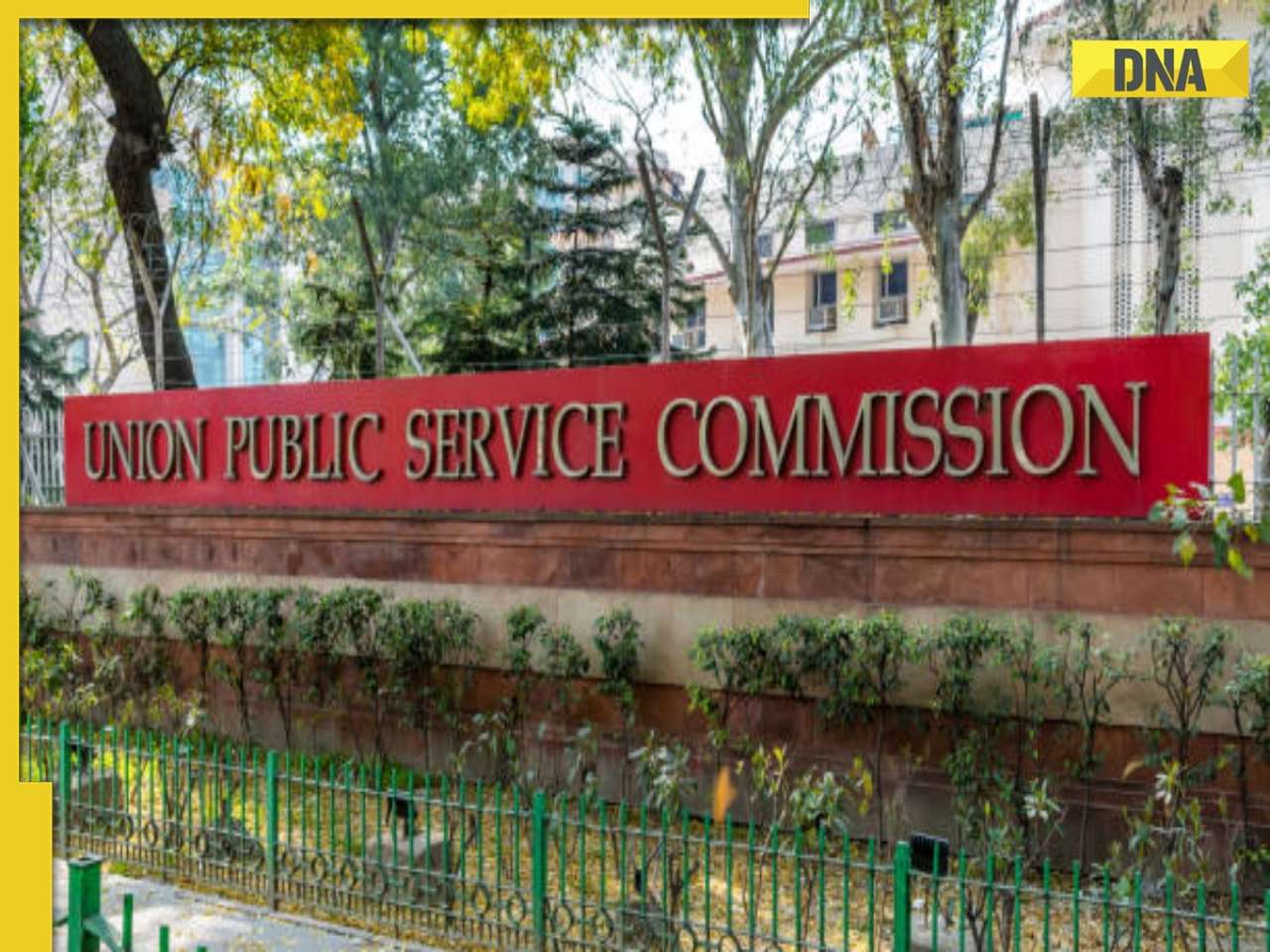 'Factory of IAS': This family produced 6 civil servants through generations, it is based in...
'Factory of IAS': This family produced 6 civil servants through generations, it is based in... Meet man who cracked UPSC exam twice, became first IAS officer from his tribe, hailed as 'Miracle Man' due to...
Meet man who cracked UPSC exam twice, became first IAS officer from his tribe, hailed as 'Miracle Man' due to... Student from this college bags record-breaking salary package of Rs 1.45 crore first time in 25 years, not IIT Bombay, IIT Delhi, IIM Ahmedabad, it is...
Student from this college bags record-breaking salary package of Rs 1.45 crore first time in 25 years, not IIT Bombay, IIT Delhi, IIM Ahmedabad, it is... Meet woman, as beautiful as any Bollywood actress, cracked UPSC exam but did not become IAS officer due to...
Meet woman, as beautiful as any Bollywood actress, cracked UPSC exam but did not become IAS officer due to... This luxury car is first choice of Indians, even left BMW, Jaguar, Audi behind in sales, it is...
This luxury car is first choice of Indians, even left BMW, Jaguar, Audi behind in sales, it is... Kia India unveils Carens Clavis: Check features, design changes, price and more; bookings open on...
Kia India unveils Carens Clavis: Check features, design changes, price and more; bookings open on... Tesla CEO Elon Musk launches most affordable Cybertruck, but it costs Rs 830000 more than older version, it is worth Rs...
Tesla CEO Elon Musk launches most affordable Cybertruck, but it costs Rs 830000 more than older version, it is worth Rs... Planning to buy a Maruti Suzuki car? Prices set to rise by 4% from...
Planning to buy a Maruti Suzuki car? Prices set to rise by 4% from... Audi launches Audi RS Q8 2025 in India: Know price, specifications and unique features
Audi launches Audi RS Q8 2025 in India: Know price, specifications and unique features 





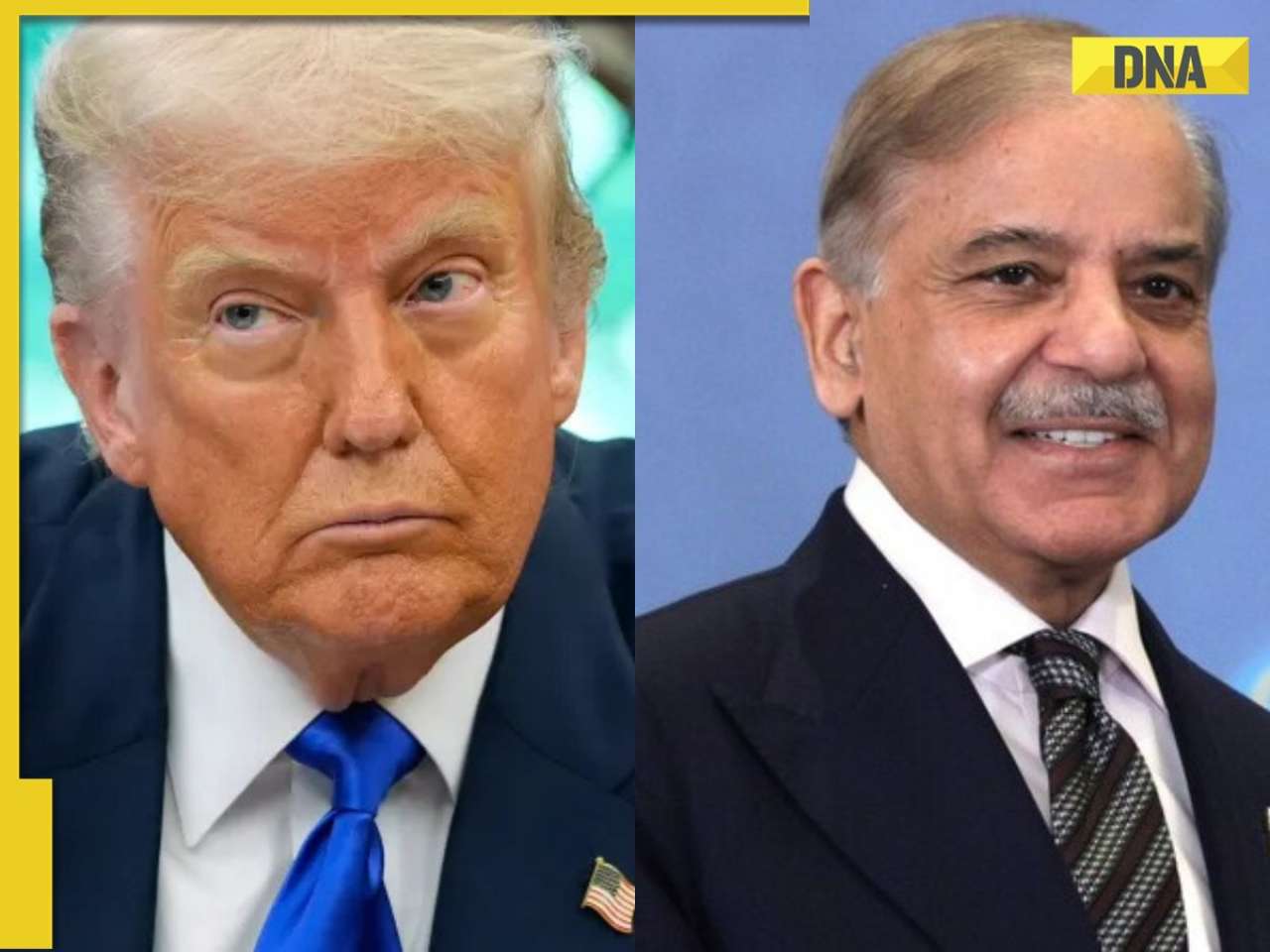





)
)
)
)
)
)
)
)
)
)
)
)
)
)
)
)
